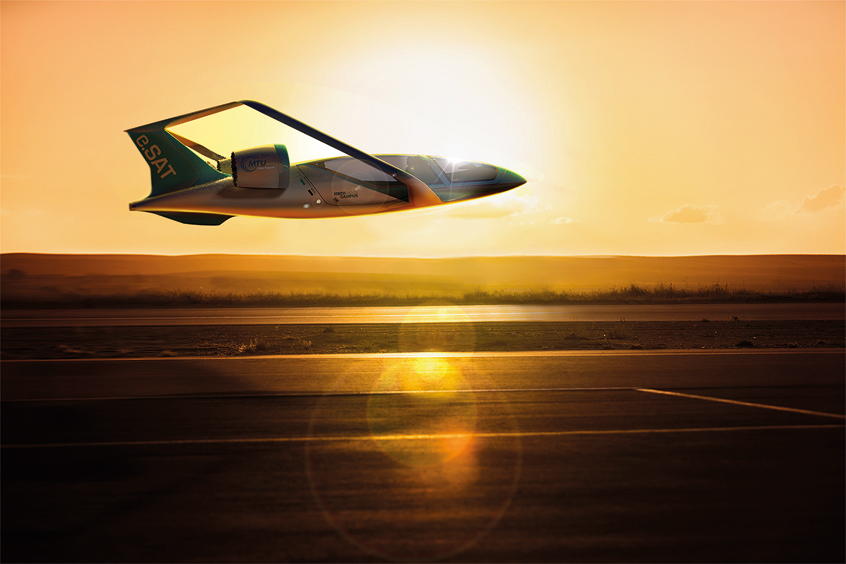Why visit ACE ’25?



MTU Aero Engines of Munich, Germany has signed a letter of intent with Aachen-based e.SAT to take a stake in e.SAT's Silent Air Taxi. Touted as hybrid, safe and practically noiseless, the aircraft is capable of carrying five passengers. MTU has agreed to work on the development and production of the hybrid-electric powertrain for the new aircraft and acquire shares in the recently founded company to the tune of 10 million euros.
“The Silent Air Taxi is a very ambitious endeavour and a promising concept for the future,” comments MTU COO Lars Wagner. “The prospects are good for the project to become a reality. It perfectly fits into our technology initiative on alternative propulsion systems. This is why we not only contribute our expertise but also take a financial stake in the company.” Responsibility for the development of the hybrid-electric powerplant rests with e.SAT Powertrain, a subsidiary of e.SAT.
“We are highly pleased to have MTU Aero Engines with its one-of-a-kind expertise in the field of aircraft propulsion systems on board,” emphasises Peter Jeschke, co-CEO of e.SAT alongside Frank Janser. Janser adds: “Innovative air mobility, as we understand it, must be rigorously aligned with customer requirements. These include shorter travel times, punctuality and flexible response to individual needs.”
CFO Günther Schuh also signed the LOI: “This air taxi with its advanced hybrid-electrical powertrain and aerodynamically optimised box wing design will take some of the load off conventional transportation systems in a cost-effective manner and significantly reduce individual travel times,” he remarks.
The Silent Air Taxi is expected to enter service in 2024, two years after its maiden flight.
Signing for MTU was senior VP of technology and advanced programmes Stefan Weber. He notes: “As an aviation company holding all relevant approvals, we will be involved in the design, development and production as well as certification of the powertrain. In addition, we can bring our expertise in the field of engine control systems to the table.
“This innovative small aircraft might prove a perfectly suitable demonstrator for the development of emerging technology innovations.” Conceivable options include the use of synthetic (electricity-based) fuels and fuel cells to leverage further optimisation potentials and pave the way towards emission-free air traffic.
The partners plan to negotiate the details of their cooperation and shareholder relationship by late October, with the aim being to wrap up the contract before the end of the year.